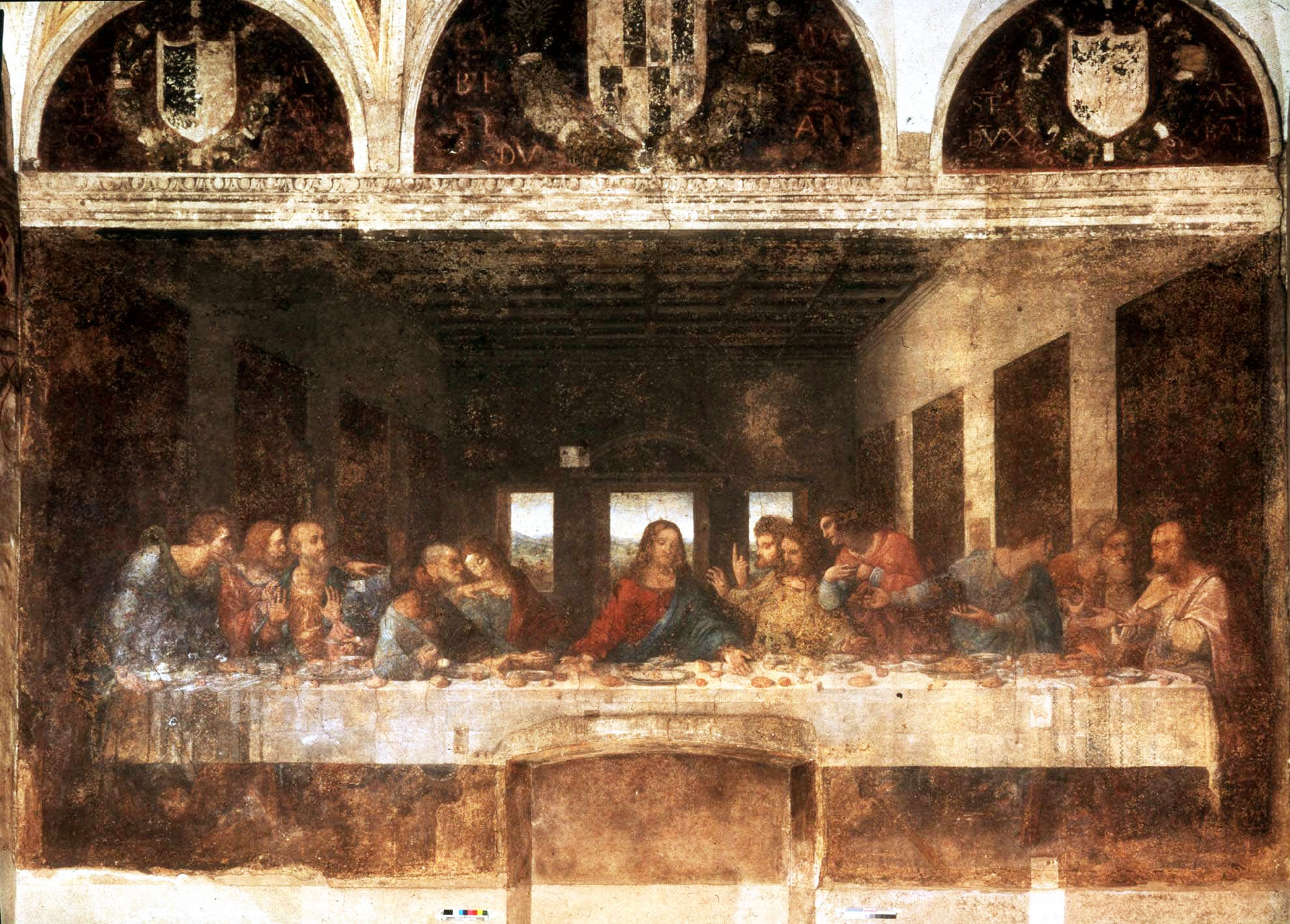The flawed Apostles of Holy Thursday
Holy Thursday reminds us that even saints were once men


Tonight, at the prescribed moment, an altar server at my parish will swing the thurible as the Gospels are lifted into the air. A packed crowd will hear the familiar narrative of Jesus Christ's final Passover supper with his disciples. As the Latin words of the Gospel are chanted, those following along will be confronted with a familiar scene, in which Jesus suddenly breaks with the prescriptions of Jewish ceremony and inaugurates a New Covenant and a new priesthood. God's people started as a family in the garden, then grew to a tribe in bondage, then to a nation in captivity, and now, with 12 men who represent the 12 tribes of Israel, Christ makes a new promise of a universal church.
The text of the Gospel shows that the 12 apostles were made into the first priests of the New Covenant, and tradition holds that all priestly authority within the Christian church descends through them. So it is astonishing to consider what kind of men these were. A little dense. Occasionally hot-headed. Fearful. Most certainly flawed. These were not idealized heroes. Their travails foretold of a church that Hilaire Belloc would call "an institute run with such knavish imbecility that if it were not the work of God it would not last a fortnight."
Let's consider Judas and then Peter. Judas' character is hard to know in the Gospels. He is something of a poseur of a social justice warrior. He scolds a woman for pouring her perfume out on Jesus, saying that it could have been sold for a great sum and become a help to the poor. But this mansplaining isn't the worst part. He holds the common purse of the group, steals from it. Jesus repeatedly foretells of his betrayal by one of the 12, and while the table quarrels, he sends Judas out. None of them seem to suspect Judas.
The Week
Escape your echo chamber. Get the facts behind the news, plus analysis from multiple perspectives.

Sign up for The Week's Free Newsletters
From our morning news briefing to a weekly Good News Newsletter, get the best of The Week delivered directly to your inbox.
From our morning news briefing to a weekly Good News Newsletter, get the best of The Week delivered directly to your inbox.
The following betrayal has been used by many of the greatest religious thinkers to hone their views of providence and predestination. Why would Jesus keep the the man he refers to as "a Satan" in his company? One of the simplest answers, I find, is that Christians must occasionally endure Judases as pastors, as bishops, and even as popes. Bishop Fulton Sheen very fittingly said that Judas "blisters" the lips of Jesus with a kiss. It is a reminder that the shiver of disgust I feel at a wicked prelate kissing the altar at the end of Mass is not unknown to God himself. And wicked men in the church are often not suspect at all. They are loved.
Then there is St. Peter, whom G.K. Chesterton fairly said was "a shuffler, a snob, a coward — in a word, a man." Peter is emotional in the way I understand. He works with his hands and in the weather. When he first meets Jesus he likely reeks of work and the sea. When he is confronted with a miraculous catch of fish, he falls on his face, saying, "Depart from Me Lord, for I am a sinful man." This moment is captured perfectly by the artist James Jasques Tissot's painting. Peter is harder on himself than the judge of nations would be with him.
Later, after losing the faith of the crowds by instructing them to eat his flesh and consume his blood, Jesus turns to Peter and asks if the disciples will leave, too. "Lord, to whom should we go?" is the reply. Unthinkable to follow then, now unthinkable to leave. He is loyal like a worker. And on Holy Thursday, Peter is full of protest. He protests the very idea of the Messiah lowering himself like a slave to wash his feet. He protests on behalf of his own commitment, "Why cannot I follow thee now? I am ready to lay down my life for thy sake."
Big words. Swiftly refuted by his actions. Instead of laying down his own life, he cuts off a soldier's ear. Instead of being loyal to the last, he denies even knowing Jesus as the crowds demand his blood. Carl Bloch's painting catches the moment before Peter's third denial turns into weeping. In the end Judas and Peter die painfully. One in shame. The other keeping his outrageous vow to die for his friend's sake.
A free daily email with the biggest news stories of the day – and the best features from TheWeek.com
As the liturgy, year after year, imprints these dramas into your imagination, one finds it a little easier to forgive the shufflers and snobs, the knavish imbeciles like ourselves. It is out of these, and with their faults, that saints are made. They are good company because they remain like us. The choir tonight will sing "Ubi Caritas" by Maurice Druruflé. And like Peter at that moment, and at every Holy Thursday, I will find God's humility upsetting. How dare he lower himself like that! And I'll hope that, when I die, my denials will be forgiven and that my last meal will be the same one that a shuffler like Peter consumed then.
Michael Brendan Dougherty is senior correspondent at TheWeek.com. He is the founder and editor of The Slurve, a newsletter about baseball. His work has appeared in The New York Times Magazine, ESPN Magazine, Slate and The American Conservative.
-
 US citizens are carrying passports amid ICE fears
US citizens are carrying passports amid ICE fearsThe Explainer ‘You do what you have to do to avoid problems,’ one person told The Guardian
-
 All roads to Ukraine-Russia peace run through Donetsk
All roads to Ukraine-Russia peace run through DonetskIN THE SPOTLIGHT Volodymyr Zelenskyy is floating a major concession on one of the thorniest issues in the complex negotiations between Ukraine and Russia
-
 Why is Trump killing off clean energy?
Why is Trump killing off clean energy?Today's Big Question The president halts offshore wind farm construction
